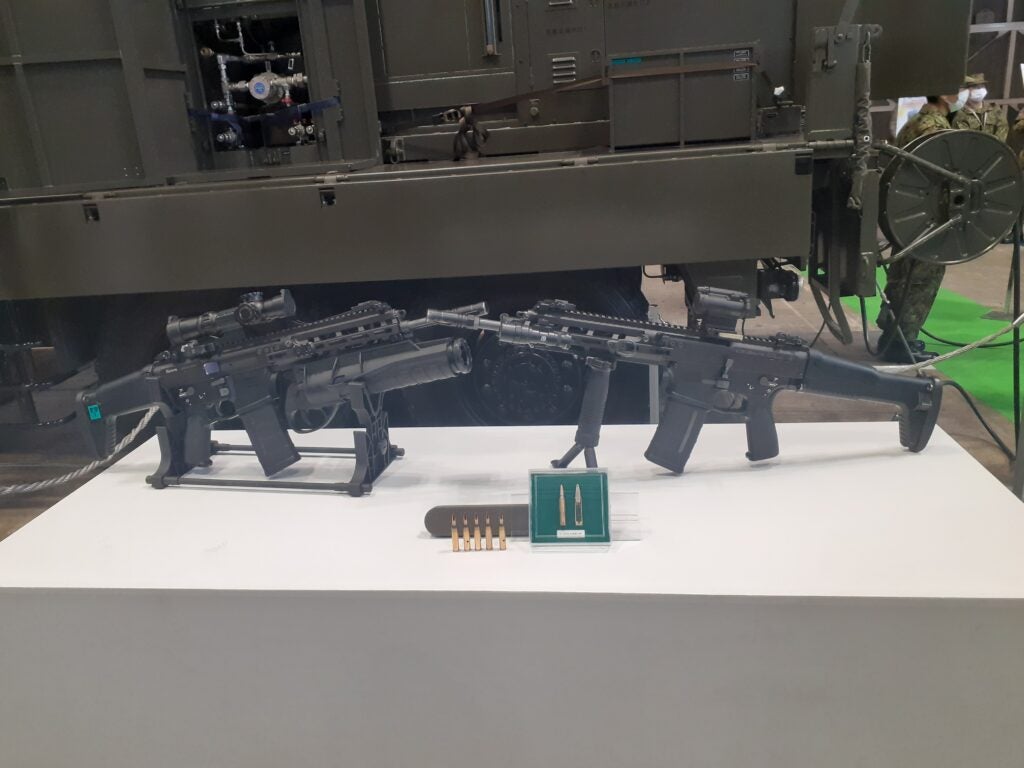DSEI Japan 2023: JGSDF’s New Howa Type 20 Rifle on Display
Japan’s Acquisition, Technology & Logistics Agency (ATLA) showcased the Japan Ground Self Defense Force’s (JGSDF) latest standard-issue rifle, the Type 20 Howa at the DSEI Japan expo held in Chiba from 15 to 17 March. Overt Defense was able to speak with Howa’s Firearms and Ammunitions Department Deputy General Manager Kazuhiro Kimura, JGSDF light weapons instructor Master Sgt. Kentaro Ota, and with Engineer Yuichi Omote from Asahi-Seki’s Ammunition & Precision Engineering Division about the rifle. Asahi-Seiki is the company responsible for the new 5.56mm J3 cartridge which is fired by the rifle.
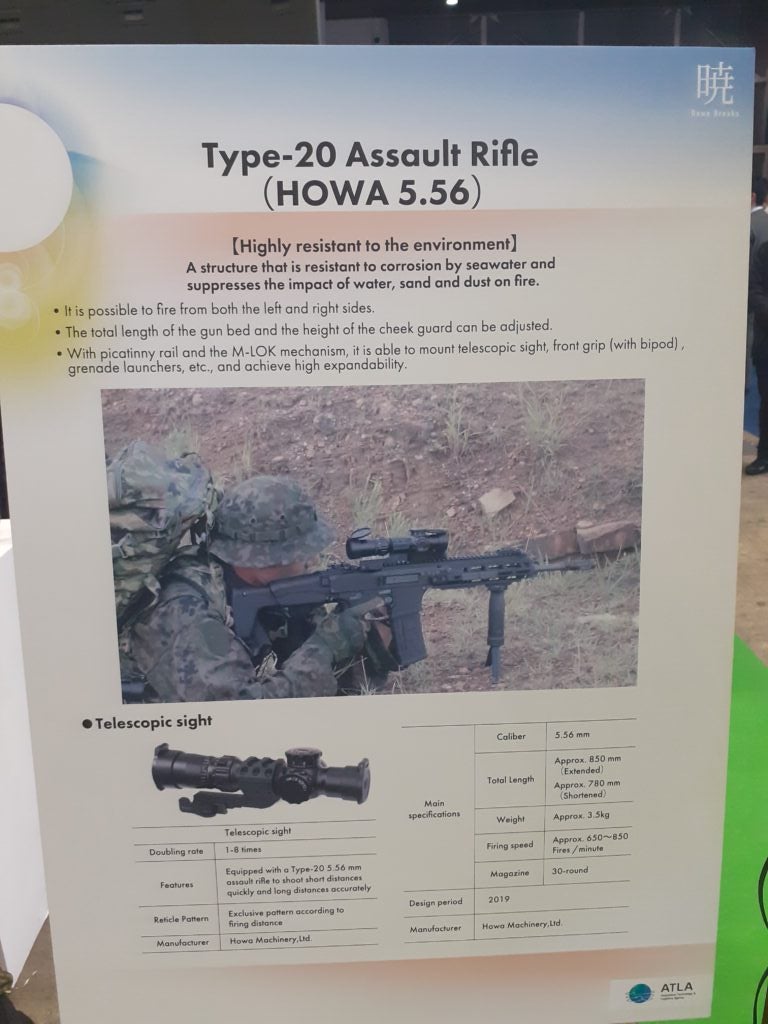
The Type 20 is slowly replacing the JGDSF’s older Type 89 rifle – also manufactured by Howa. As a matter of fact, Howa has been the primary manufacturer of every single rifle the JGSDF has adopted as standard issue since the end of World War Two. This includes Japanese-made copies of American M1 carbines and M1 Garands issued to the JGSDF in the immediate postwar period. Currently, only around 3,000 rifles are being produced per year and, according to Kimura, despite the massive recent increases in Japanese defense expenditure, there are no plans to increase the pace of production. It is estimated that it will take about 30 years for the rifle to fully replace the Type 89.
Japan’s Ministry of Defense had previously stated that the JGSDF’s recently -activated Amphibious Rapid Deployment Brigade will be the first unit to receive the rifle. Neither Howa nor JGSDF representatives were able to speak about what units will be getting the system next. The rifle is only in service which the JGSDF as, due to Japan’s strong export controls and pacifistic Cold War foreign policy, has been in the case for much Japanese military equipment. However, Howa Deputy General Manager Kimura was able to share that a number of undisclosed foreign countries have shown interest in the new rifle and that their inquiries have been received by both Howa and the ATLA.
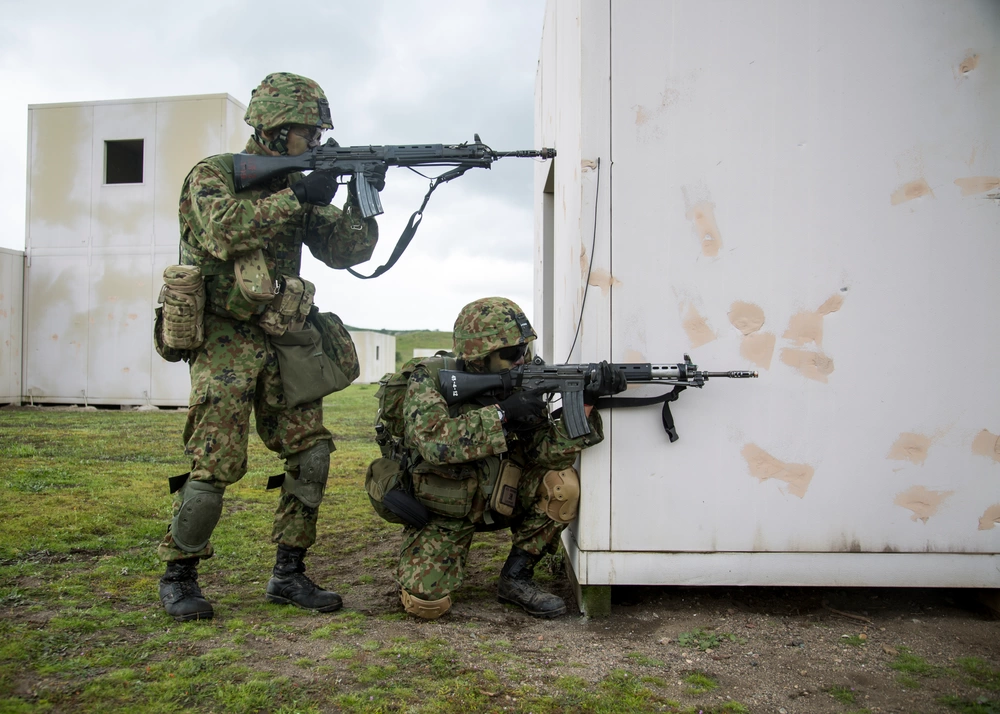
Compared to the older Type 89, the Type 20 makes a number of significant improvements. First of all, it is more compact and comes with an adjustable stock. The total length is 850 mm when fully extended and 780mm when the stock is collapsed. By comparison, the Type 89 had a fixed stock and was 916mm long. However, the weight of the new rifle is similar with both weapons weighting about 3.5kg or 7.7lbs.
The new rifle also integrates Picatinny rails and M-LOK which allows for a number of attachments including optics, underbarrel grenade launchers and laser-light modules. While Howa manufactures a 1-8x magnification scope for the rifle, Master Sgt. Ota noted that the shorter-range optic attached to one of the two rifles on display was American made. The rifle is being adopted with the Beretta GLX-160 40mm grenade launcher which, according to Kimura, has been modified by Howa to better fit the Type 20.
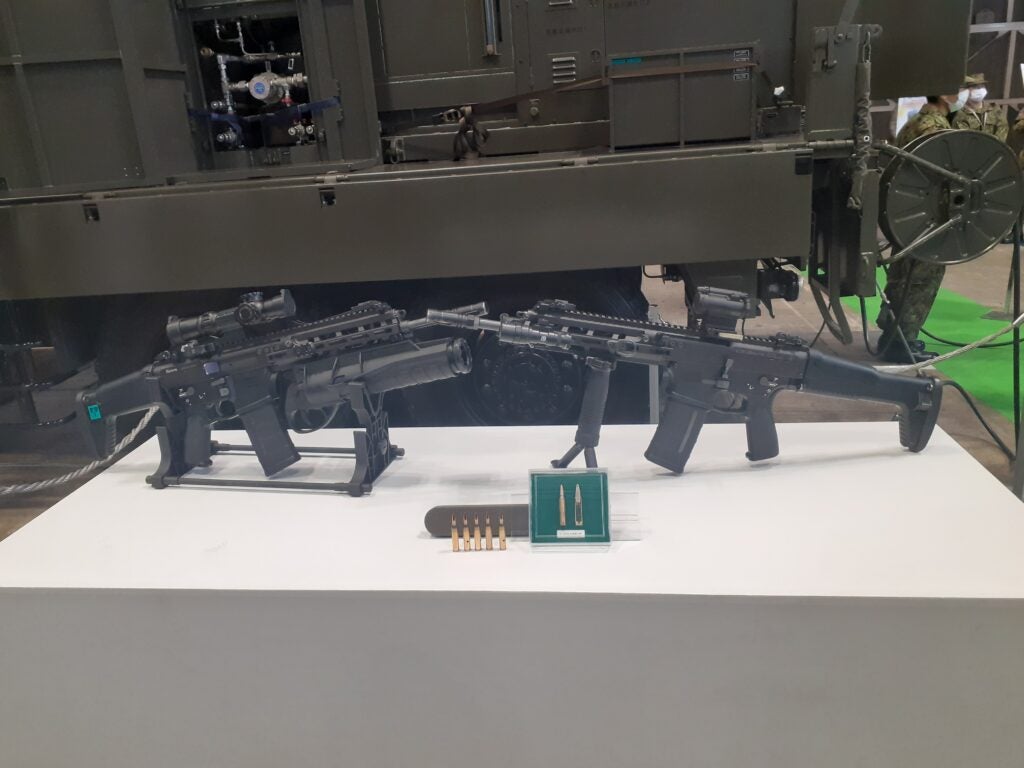
The platform also uses more advanced materials and structure than the Type 89 which, according to ATLA, make it more “resistant to corrosion by seawater and suppress the impact of water, sand and dust on fire”; this helps explain why the Amphibious Rapid Deployment Brigade is getting the platform first. The rifle is also completely symmetrical, thus making it friendly to both left-eye-dominant and right-eye-dominant shooters. The rifle, however, only ejects from the right side but there is a large brass deflector to protect left-handed shooters.
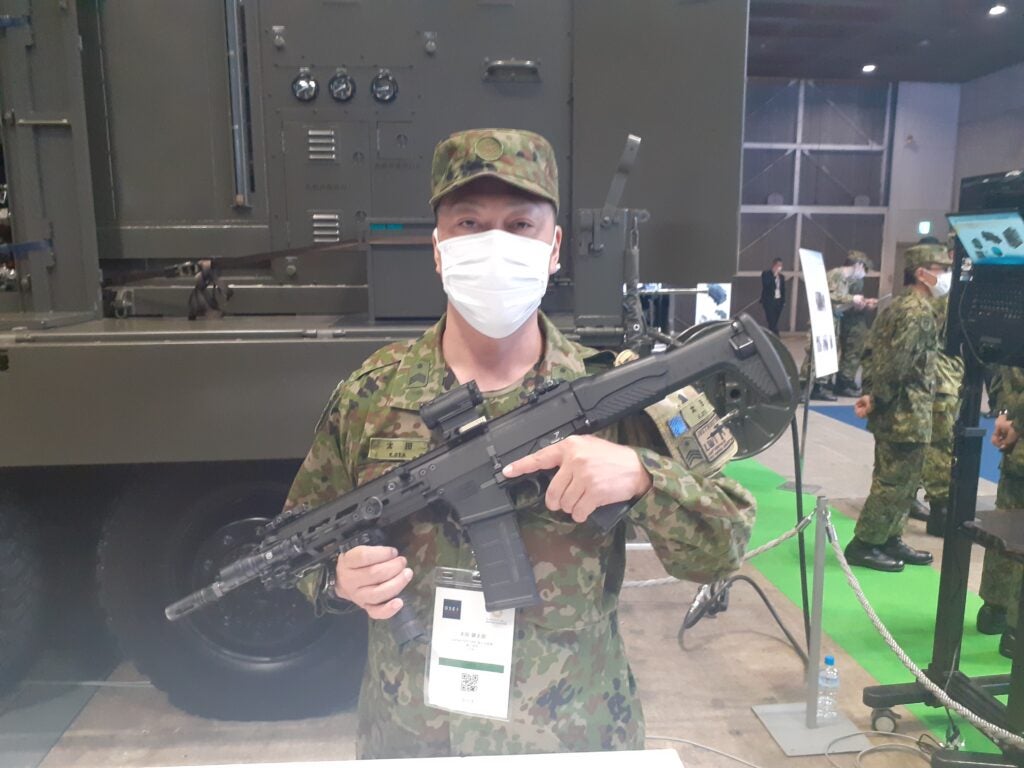
According to Master Sgt. Ota, who has experience as a JGSDF weapons instructor for both the Type 89 and Type 20, the new weapon is a very solid platform.
“As an instructor, I am very pleased with this product. It fits well to the Japanese body size and is easy to handle. Unlike with the Type 89, even when wearing body armor, it is possible to adjust the stock; the users can adjust the length to individual body size. The rifle is identical on the left and right side so its very easy for anyone to use. The product has a lot of improvements [over the Type 89] so it’s easier to teach and it’s easier for students to learn how to shoot it and even new users can level up quickly with it. […] The users can put the rifle in water and take it out and use it right away so its very reliable. With the Type 89, the users first had to go through a process to get rid of the water.”
The new rifle is also being introduced along with the new J3 High-Power Cartridge manufactured by Asahi-Seki. The 5.56x45mm bullet weights 12 grams, is made from steel and red brass, and uses a double-base powder. According to Asahi-Seki engineer Yuichi Omote, despite the shorter barrel length of the new rifle, the new cartridge is more powerful and is designed to penetrate modern body armor. The most important advancement which allows for increased penetration is the monolithic core; the standard Type 89 rifle cartridge core consists of two separate parts.
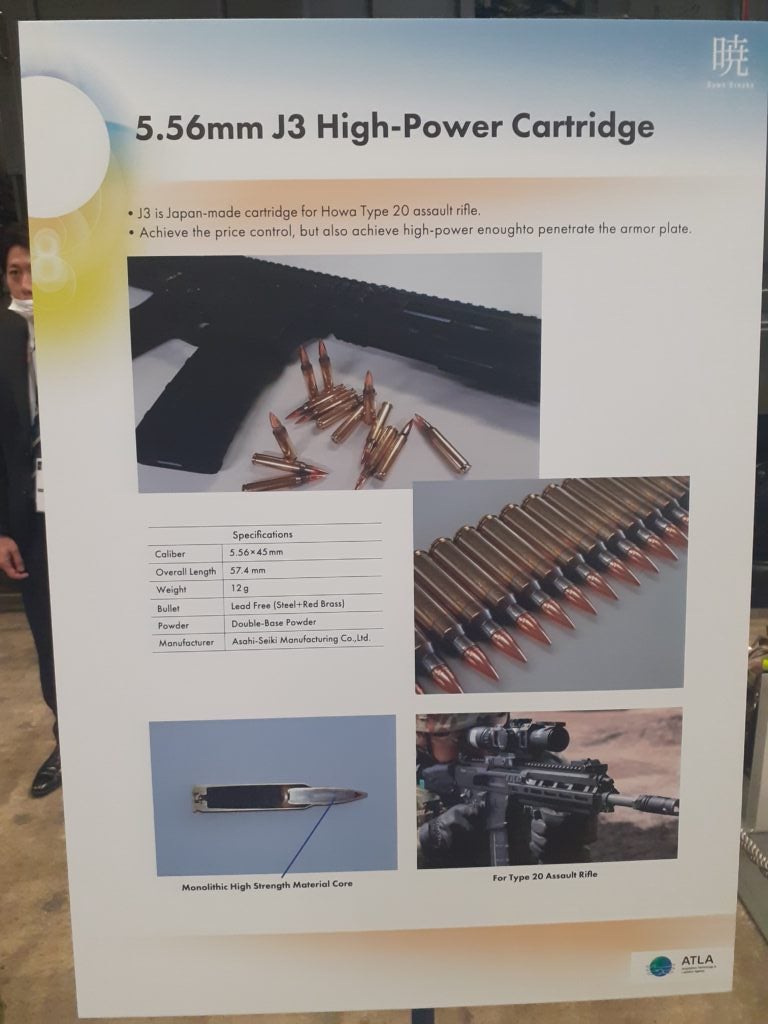
Overt Defense also asked Howa Deputy General Manager Kimura if the company has received feedback on the rifle from the soldiers using the rifle and if some actions are being taken in response. Kimura told Overt Defense that they are indeed receiving feedback and that it is being passed on to the relevant departments. While reluctant to share specifics, the deputy general manager did note one request for the rifle to be produced in additional colors.

